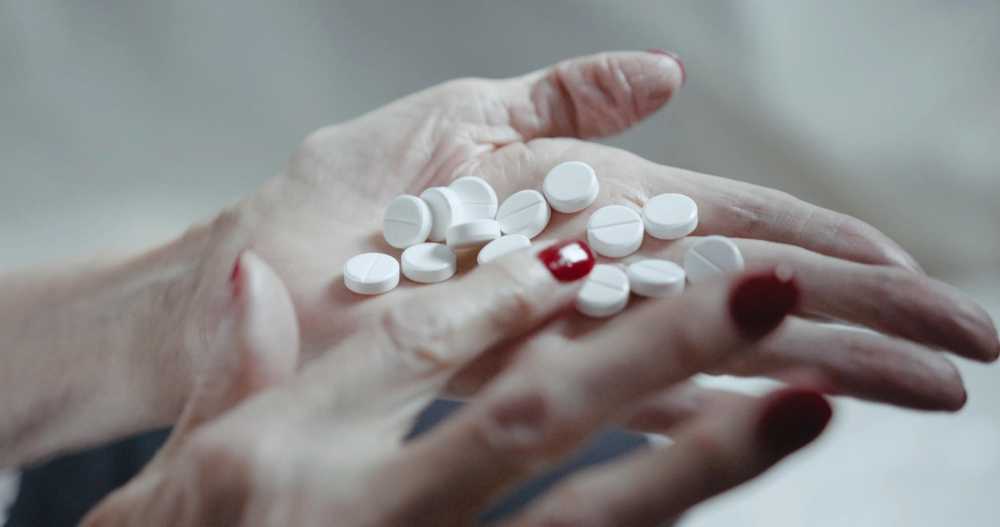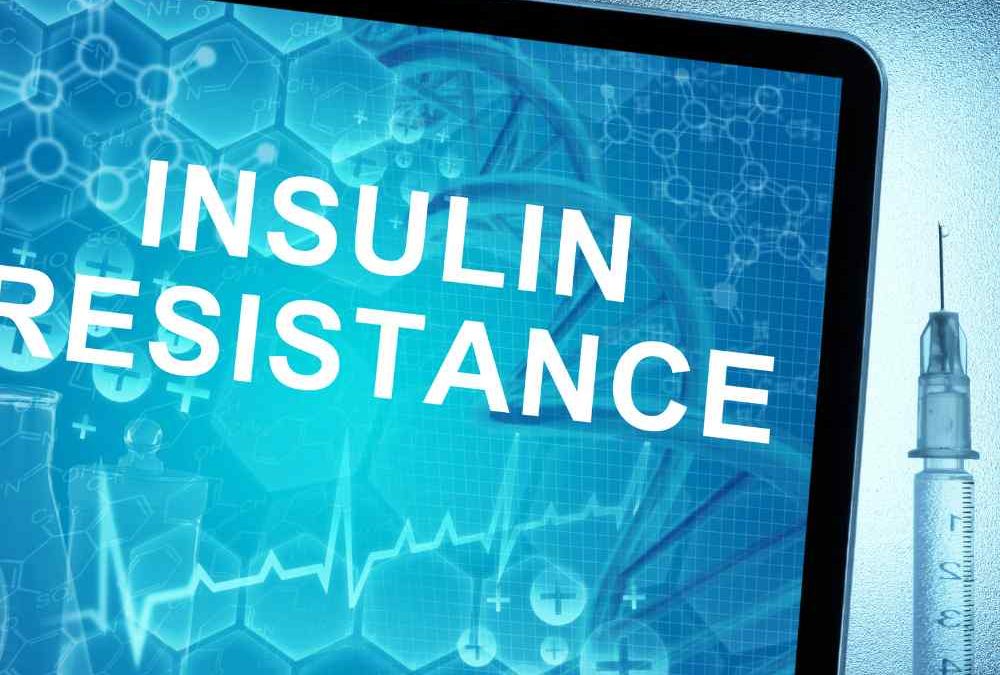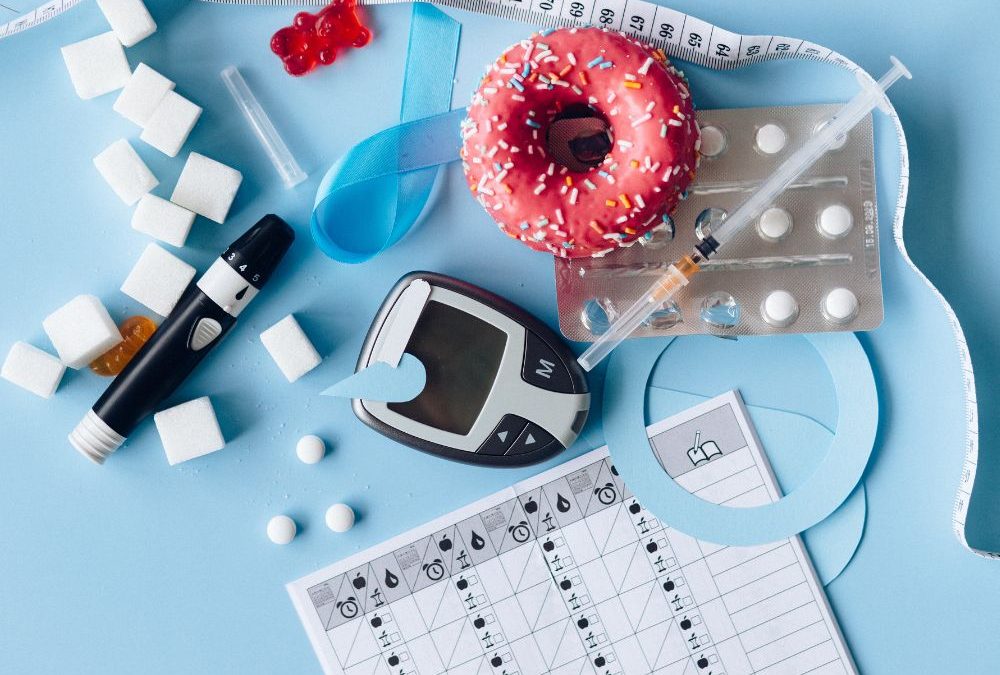What is Type 1 Diabetes: A Comprehensive Overview
Diabetes is often thrown around as a singular term, but did you know there are different types? Today, let’s delve into one of the main forms: Type 1 diabetes. We’ll discuss its causes, symptoms, management, and so much more. By the end of this post, you’ll have a better understanding of this chronic condition. Let’s dive right in!
What is Type 1 Diabetes?
**Type 1 diabetes**, previously known as juvenile diabetes, is a chronic condition in which the pancreas produces little to no insulin. Insulin is a hormone needed to allow sugar (glucose) to enter cells and produce energy. Despite its former name, it’s important to understand that it can strike at any age, though it often appears during childhood or adolescence.
What Causes It?
The exact cause remains a mystery, but it seems to be a combination of genetics and environmental factors like viruses that might trigger the disease[^1^]. In type 1 diabetes, the body’s immune system attacks the insulin-producing cells in the pancreas.
Symptoms to Watch Out For:
Increased Thirst & Frequent Urination**: Excess sugar buildup can lead to increased urination, which in turn leads to dehydration and excessive thirst.
Hunger: Without adequate insulin to transfer sugar to your cells, muscles and organs become depleted of energy, triggering intense hunger.
Fatigue: If your cells are deprived of sugar, you may become tired and irritable.
Blurred Vision: High blood sugar levels can pull fluid from the lenses of your eyes, affecting your ability to focus.
Unintended Weight Loss: Despite eating more than usual to relieve hunger, one might lose weight. This is because the body starts to use muscle and fat for energy when it can’t use sugar.
Diagnosing Type 1 Diabetes:
If symptoms suggest diabetes, the doctor will recommend a series of tests to confirm the diagnosis. These can include:
Glycated hemoglobin (A1C) test: This indicates your average blood sugar level for the past two to three months.
Random Blood Sugar Test: A blood sample is taken regardless of when you last ate.
Fasting Blood Sugar Test: A sample is taken after an overnight fast.
Managing Type 1 Diabetes:
The primary treatment involves the administration of insulin, but it’s not as simple as taking a pill. Here’s what’s involved:
Insulin Injections: These can be done with a syringe or an insulin pen.
Insulin Pump: A device that gives you a steady insulin supply throughout the day.
Artificial Pancreas: This is a newer approach, where the device checks blood sugar levels with a continuous glucose monitor and then delivers insulin automatically when needed.
It’s crucial to monitor blood sugar levels multiple times a day. This is done using a home blood sugar meter or continuous glucose monitoring system.
Moreover, maintaining a balanced diet and engaging in regular physical activity are also essential components of managing this form of diabetes.
Potential Complications:
Over time, type 1 diabetes can affect major organs, including the heart, blood vessels, nerves, eyes, and kidneys. It’s essential to manage blood sugar levels to avoid complications. Here are a few:
Heart and Blood Vessel Disease: Diabetes increases the risk of heart disease, stroke, high blood pressure, and narrowing of blood vessels.
Neuropathy: Excess sugar can harm the walls of tiny blood vessels that nourish nerves, especially in the legs.
Kidney Damage**: Diabetes can damage the numerous filtering units present in the kidneys.
Eye Damage: Diabetes can damage the blood vessels in the retina, potentially leading to blindness.
Conclusion:
Living with type 1 diabetes can be challenging, but it’s manageable with the right care, support, and education. It’s crucial to work closely with healthcare professionals to tailor a care plan that fits individual needs and lifestyles.
Diabetes is a journey, but remember, you’re not alone. Numerous organizations and communities can help navigate the challenges and provide support.
References
[National Institute of Diabetes and Digestive and Kidney Diseases](https://www.niddk.nih.gov/)
[Mayo Clinic – A1C test](https://www.mayoclinic.org/tests-procedures/a1c-test/about/pac-20384643)
[Diabetes.co.uk – Artificial Pancreas](https://www.diabetes.co.uk/insulin/artificial-pancreas.html)
*Please note: While I aim to provide accurate and up-to-date information, this article should not replace professional medical advice, diagnosis, or treatment. Always consult with your healthcare provider about specific medical conditions.*











